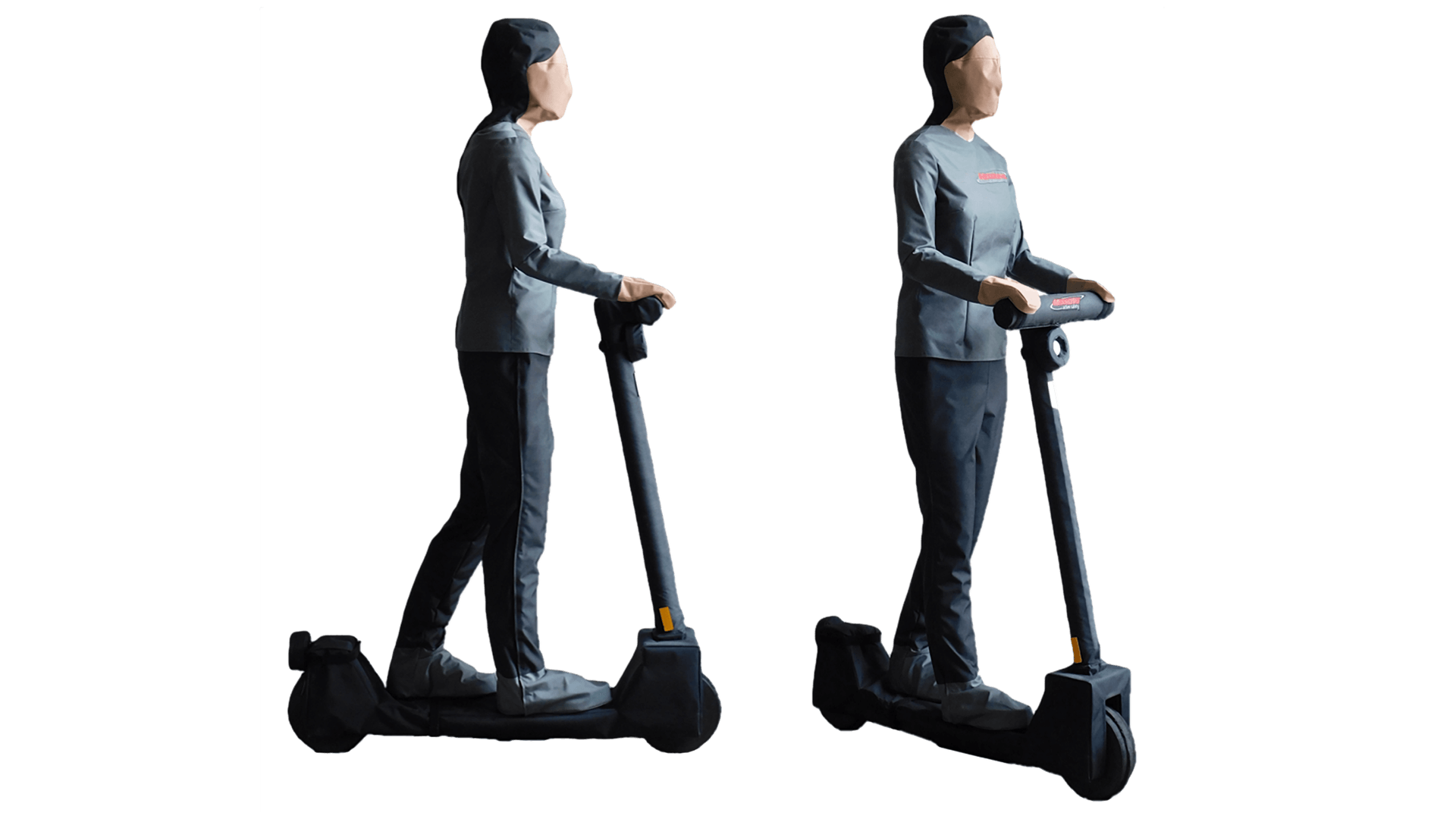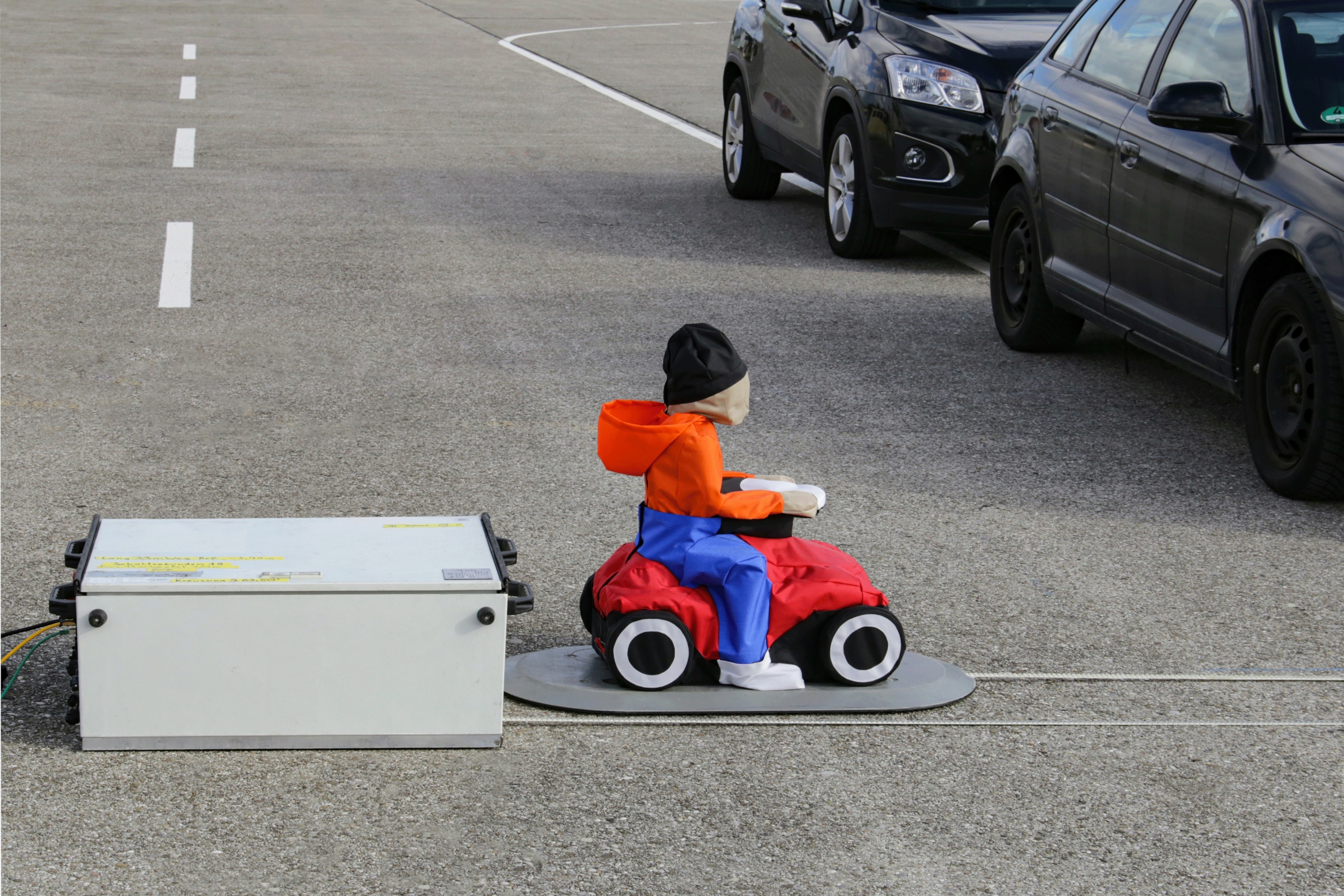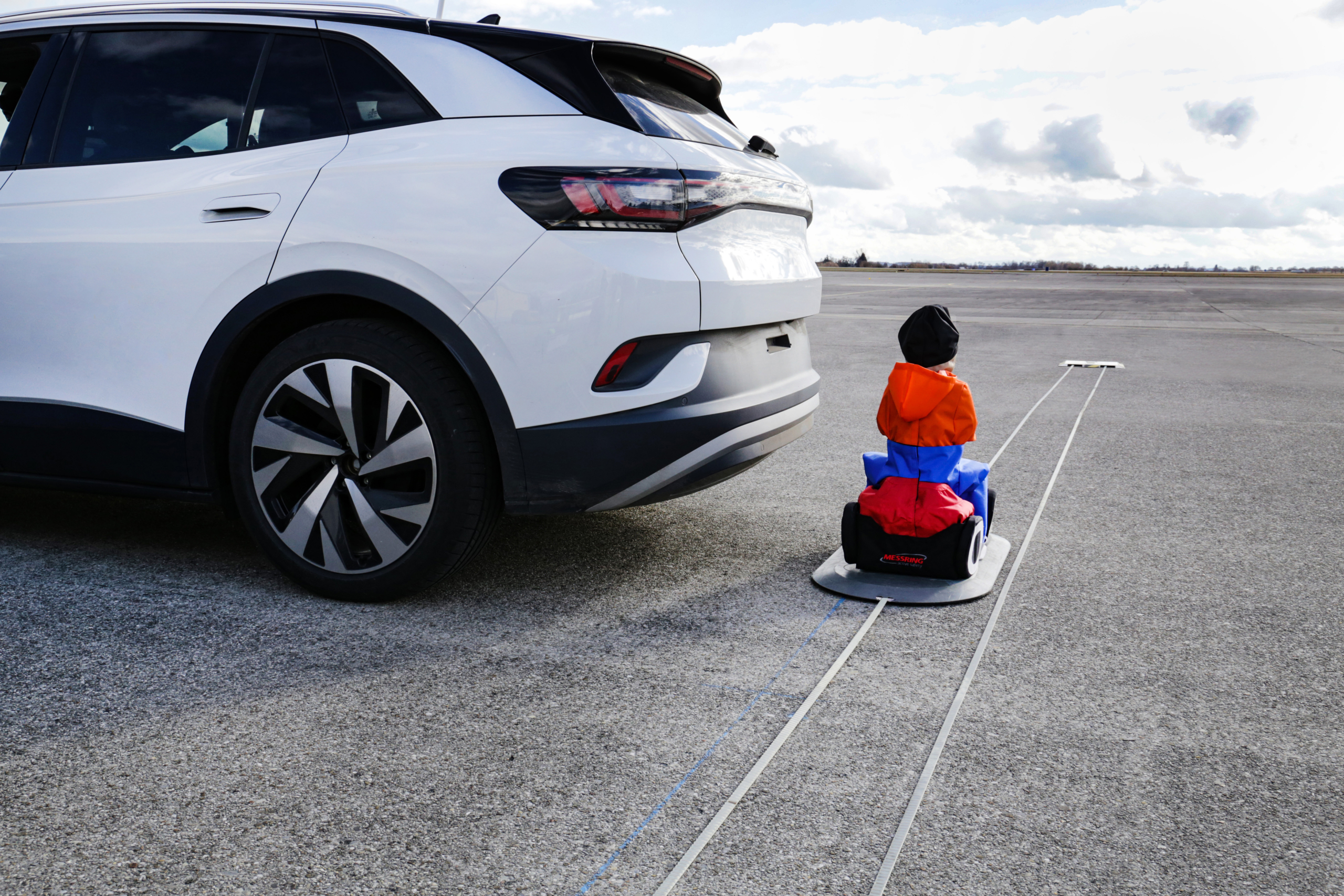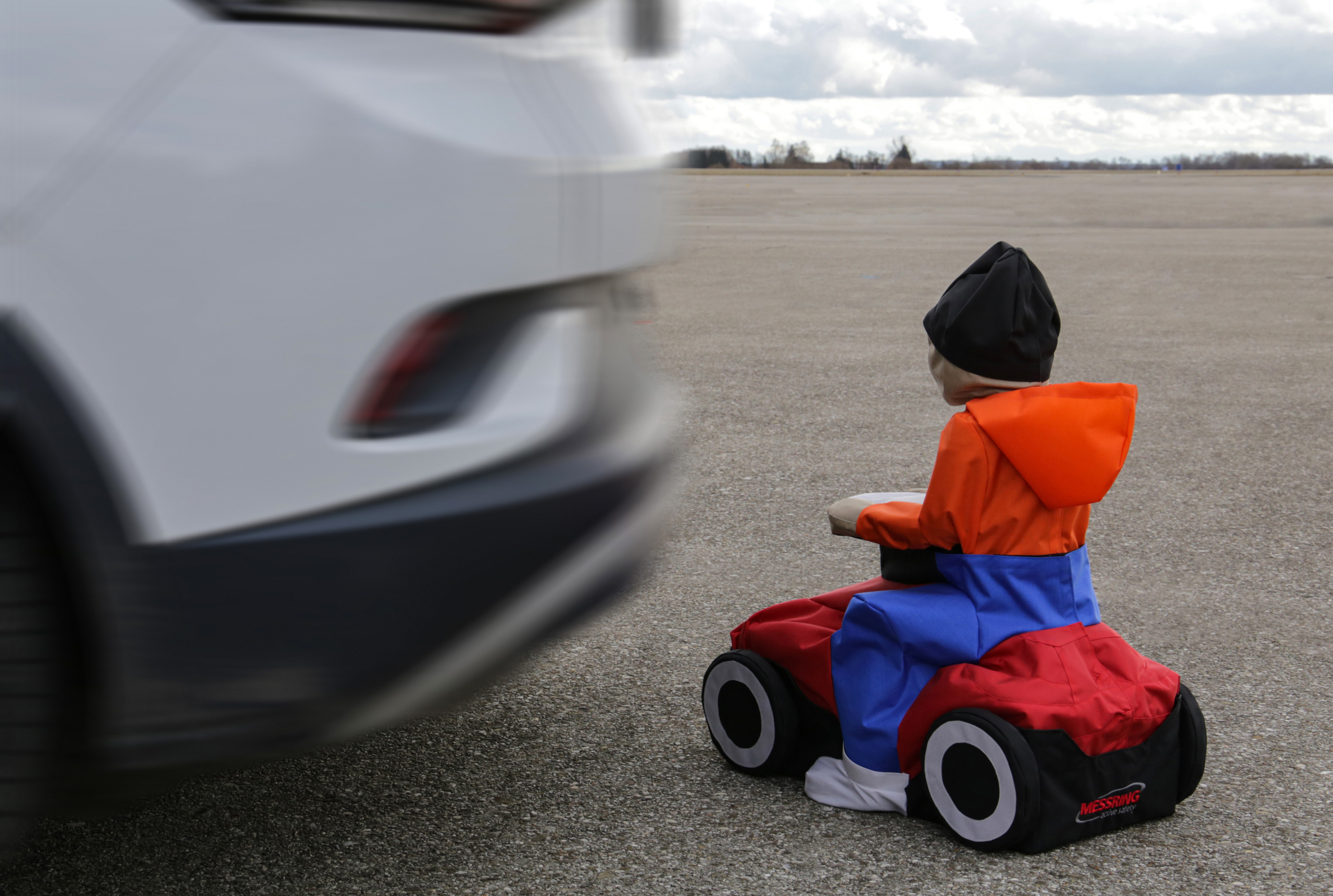The continuous evolution of driver assistance systems and autonomous driving functions creates new challenges for sensor validation test procedures.
Pedestrians, cyclists and drivers of motorized two-wheelers, commonly referred to as group of vulnerable road users (VRUs), are among the most at-risk participants on European roads, accounting for 46 percent of road fatalities and 51 percent of serious injuries from 2009 to 2015. Advanced Driver Assistance Systems (ADAS) as well as autonomous driving and safety systems have the potential to make traffic participation of these individuals significantly safer.
During the development of these systems, numerous software and hardware test cycles are run through, which require validation during the process by real-life test scenarios on proving grounds. Only the testing of all components in an integrated system can guarantee a reliable conclusion on the functionality before the vehicles can proceed to serial production.
The challenge for the test procedures is to realistically reproduce traffic situations, especially critical boundary cases, and thus to test the intervention, prevention or mitigation of critical collisions between vehicle and VRU in a reproducible way under real conditions with VRU dummies on the test site.

The right tools for effective testing
The scenario complexity and heterogeneity of the VRUs must be represented with matching test tools and VRU dummies, so-called targets, to effectively carry out the testing operations.
New trends in urban traffic, such as the increasing number of electric micro-vehicles, can be taken into account in this way, as well as the protection of playing children in driveways or parking lots through emergency braking functions. For the different types of road users in different scenarios, it is necessary to have mobile targets that mimic a real person in terms of sensor signature, while at the same time being easy to use and rugged enough to survive collisions without damage. In addition, the flexible structure prevents damage on the vehicle under test, which is often still in the development phase.
These validated, realistic testing tools help vehicle developers recreate reality in all its diversity on the proving ground and help to ensure increased safety on the road. With the ASTERA E-Scooter, we developed a VRU target that realistically replicates a woman on an e-scooter in terms of shape as well as radar, lidar, camera and infrared signature and is suitable for numerous test scenarios.
The target consists of two parts, the scooter and the woman dummy to be mounted on it. With 1.66 m, it corresponds to the average body height of the total female population within Germany (Federal Statistical Office as of 2017).
Thanks to the compatibility according to ISO19206 with all common motion platforms such as the NCAP belt system, the ABD Launchpad Mini, the Humanetics UFOnano as well as the MESSRING 6D Target Mover, the ASTERA E-Scooter Target can be integrated easily and without complications into existing test environments and used variably in terms of speed, travel distance and mobility.
The target portfolio is completed by the Playing Child Target (PCT), which is just as functional as the Scooter model in terms of sensor signature and is designed to mimic a child on a toy car. It is suitable for performing AEB tests, especially AEB VRU pedestrian back-over tests. For an additional challenge, both targets are also available with low-contrast black and grey outer cover.




